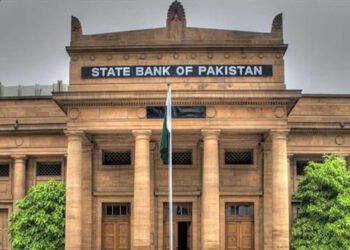![]() Follow Us on Google News
Follow Us on Google News
Pakistan’s efforts to curb illegal foreign-exchange trading have led to a significant boost in remittances, according to a report by Bloomberg.
Citing data from the State Bank of Pakistan (SBP), the report revealed that remittances surged by 34 per cent to $14.8 billion in the five months leading up to November, compared to the same period last year.
The report also highlighted that the Pakistani rupee has appreciated by 2 per cent this year, making it one of the top-performing emerging-market currencies. This improvement has been attributed to the ongoing International Monetary Fund (IMF) loan programme and the rise in remittances.
Finance Minister Muhammad Aurangzeb previously expressed optimism about remittance inflows, predicting that the country could receive around $35 billion during the current fiscal year.
In the first four months of the fiscal year (July-October), Pakistan received $11.85 billion in remittances, averaging about $2.96 billion per month. Remittances in October alone amounted to $3.05 billion, while September saw $2.86 billion, reflecting a steady upward trend.
Despite this recent rise, Pakistan received a total of $30.25 billion in remittances during the previous fiscal year, marking a 13.3 per cent decline compared to the prior year.
John Ashbourne, an economist at BMI, a division of Fitch Solutions, noted that recent currency reforms and the crackdown on illegal currency trading likely contributed to the increase in remittances. He suggested that more funds are now being transferred through formal banking channels as a result.


































